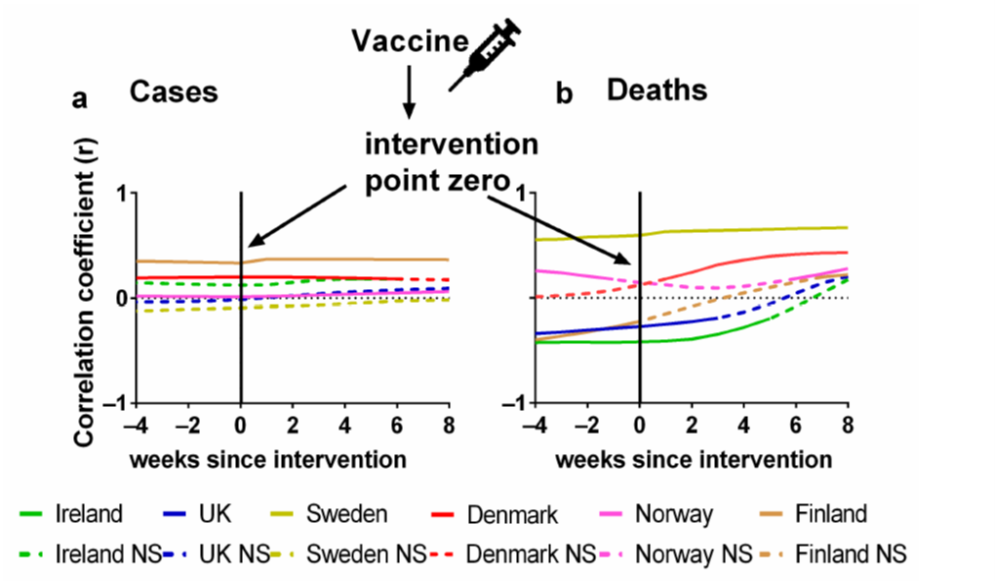New data on safety issues of Covid-19 “vaccines” and their impurities show this
When I was young and read Orwell’s “1984” at school, what Orwell described was about 14 years in the future. An eternity for a schoolboy. Back then, we were all sure that the “Ministry of Truth” and the social structures described there would only occur under communism. No more could we imagine in 1970 that the Soviet Union could ever end and with it the threat of world communism. That’s how history works: it amazes you, and faster than you think, because things keep happening that you never thought possible.
Now the Ministry of Truth is on the horizon. Unthinkable just 10 years ago. Anyone who has been paying attention will have noticed that the new Medienstaatsvertrag (“Federal Media Treaty, a unified regulatory framework agreed upon by the federal states within Germany) already gives the state media authorities the right to criticize and ban published articles. There would be no pre-censorship, but there would be post-censorship. The EU Digital Services Act has been in force since February 17, 2024. It requires operators of digital services, i.e. web platforms, hosting organizations and social media, to independently monitor and remove “hate speech and disinformation”. Who decides what constitutes “hate speech and misinformation”? Good question. In case of doubt, apparently a commission set up by the government.
As always, France is again one step ahead. Macron already had a law against fake news passed in 2018 and recently added to it, as a colleague from France confirmed to me: anyone who advises against medical measures that are scientifically proven and generally recommended will be liable to prosecution and up to three years in prison. The law is apparently intended to combat sectarianism. However, it is easy to see that opposition to medical measures recommended by official government bodies, such as COVID “vaccinations”, are clearly covered. That’s why it’s called the Pfizer law in France.





